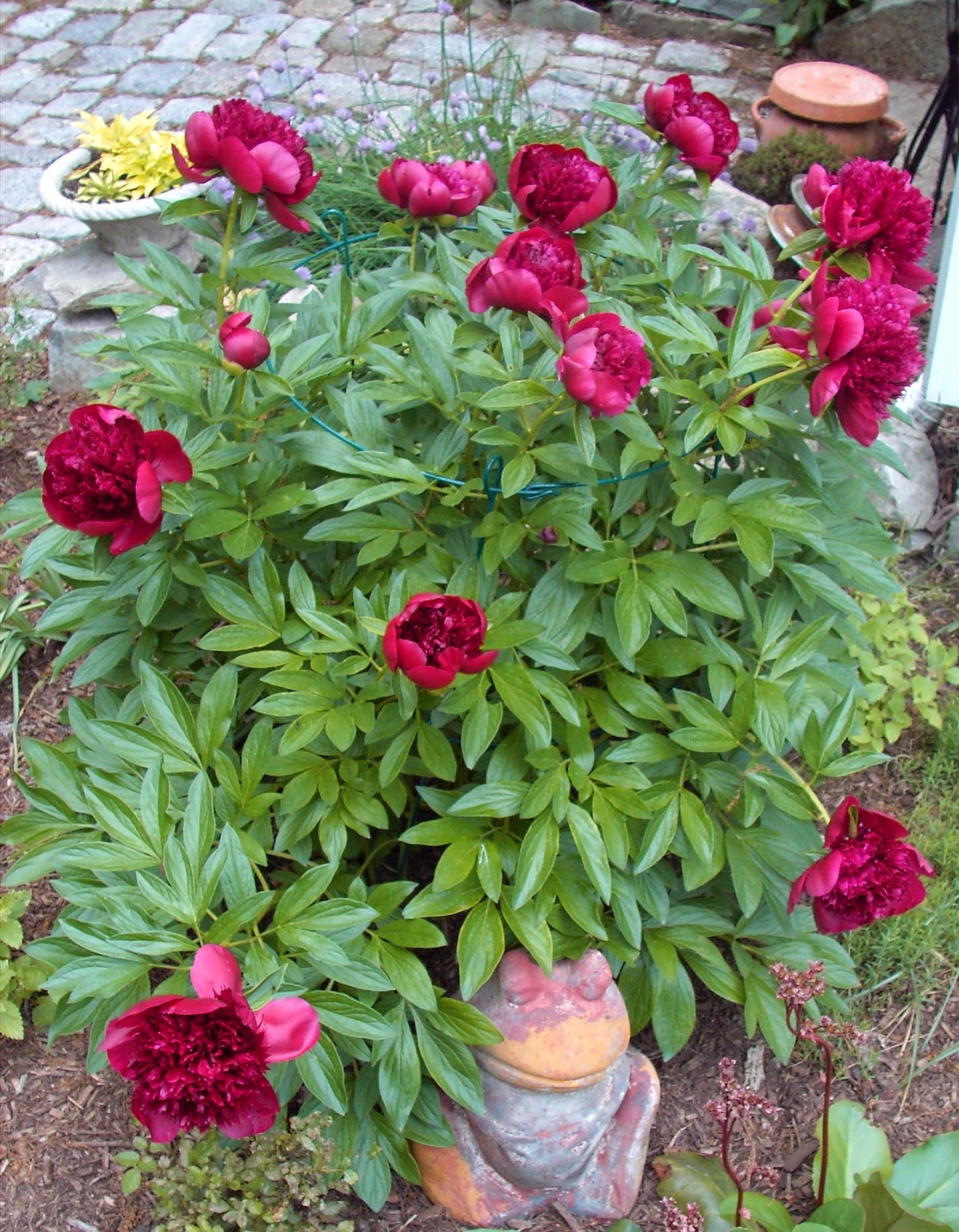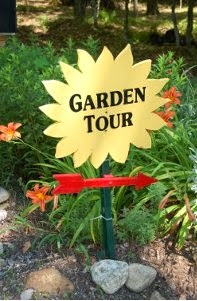Two years ago, Betty and I came
to the conclusion that our home was just too big for two people. Like many aging Baby Boomers, we decided it
was time to downsize.
But being an avid gardener makes
downsizing complicated. Neither of us
wanted anything to do with those ‘active adult communities’ where gardening is
restricted to what you can put in a pot on your front porch, or where the
‘community garden’ is shared with, well, the community. We needed some property to go along with that
new home. An acre at least. And maybe two.
 |
| The old house we found. Note that the center of the roof is two feet lower than the sides. |
Have you gone looking for raw
land in eastern Massachusetts recently?
Maybe we’re too picky, but after 18 months of looking at lots bisected
by wetlands, lots sidled up to utility long-distance transmission lines, and
lots where the roof peak would sit at eye level with the street, we made the
reluctant determination that the lot we wanted probably already had a house on
it.
Six months ago we found that
perfect site. A private acre and a half
on a winding street. A sad, 74-year-old
house beyond repairing. A neighborhood
of attractive older homes of the same size we want to build.
We were, of course, promptly
outbid for that property by a developer, who had in mind to erect a grand
Starter Castle suitable for a family of ten.
But we persevered and in early June we found ourselves the proud owners
of a now-vacant lot. This autumn, our
new ‘right-sized’ home will rise on the site.
What has happened since we signed
the purchase and sale agreement says a lot about who we are. Most people would throw themselves full-time
into designing the perfect compact house, worrying about how furniture will fit
into fewer rooms and pondering choices of paint colors. We’ve done our share of that, but an equal
amount of time has been devoted to siting a raised-bed vegetable garden,
determining which if any trees on the property are worth keeping and
positioning a porch that will provide three seasons of natural light for houseplants.
 |
| A very small part of the transplant garden now taking shape along one side of our house |
Meanwhile, back at our current
home, a vast project is underway to populate the new garden even before the
adjacent house’s foundation has been dug.
We have already divided and conditioned upwards of a hundred
hostas. They sit in a special bed,
potted and identified. Other perennials
have been divided or marked for division in the fall.
The runners of favorite shrubs,
once unceremoniously pulled up and composted, are now lovingly potted with the
maximum amount of root. One especially
prized and uncommon shrub, a chamaecyparis
‘Snow’ that has grown to monumental proportions in our back garden, has a
now-four-inch-high, well-rooted cutting.
 |
| This peony Alfred's Crimson' came with us to Medfield from Alexandria. It will follow us to our new home. |
Fifteen years ago, we did this
on a much more modest scale. A few
favorite perennials were dug up and thrown into pots. They rode from our home in Virginia to our
new one in Massachusetts along with those household belongings (e.g., wine) we
refused to entrust to movers. The aquilegia (columbine) ‘Biedermeier’ and
peony ‘Alfred’s Crimson’ we brought from Alexandria are still part of our
landscape a decade and a half later, and will have honored locations at our new
home.
 |
| This beautiful chamaecyparis 'Snow" and itea 'Henry Garnet' stay with the house. Cuttings and runners go with us. |
The satisfaction in going
through this admittedly time-consuming process has little to do with saving
money. What is in our transplant bed is
just a down payment on a landscape. Betty
all but stopped adding to our garden a year ago and, instead, started making
lists of trees, shrubs and perennials she will purchase in the spring of
2015. Populating a 60,000-square-foot
property is going to make the owners of a few select nurseries and garden
centers very, very happy.
 |
| This is what we will be leaving behind. The good news is that it will look just this good for the next owner. |
No, the satisfaction is that we are doing a favor for whoever purchases our home. For example, a wonderful patch of delicate blue Siberian iris is just now passing out of bloom. That Siberian iris needs to be divided. It is now eighteen inches in diameter and has a small but definitely ‘bald’ center. This fall, we will take up the entire colony, clean out the center and break the resulting ring into three or four segments. One of those segments will go with us to our new home. The remaining iris will be replanted with a fresh helping of compost. Like the hostas we have already divided, the re-planting should be good to 2019 or 2020.
The best part is that when we begin
planting that new garden in earnest next spring, we will intermix a group of
familiar old friends with a larger cast of new ones. Those old friends will be touchstones; a
reminder of what we left behind.









